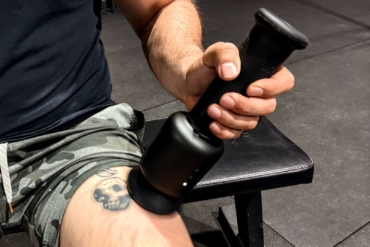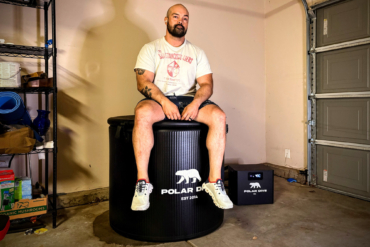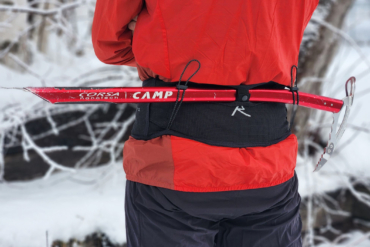I learned very quickly it takes a lot more than a big aerobic engine to be a good trail runner — it takes legs of steel. These backward hill repeats are your ticket for rock-solid, downhill-running mountain legs.
My running career originated in high school and college as a cross-country and track athlete. Running was purely competitive for me. After college, I started to enter more road races and occasionally ventured onto the local trails and state parks outside Philadelphia. At that time, trail running was something I did for fun — an easy day through the forest and state parks to clear the head.
It wasn’t until I moved out west to Santa Barbara that I started to spend more time on the trails. I began running with locals who spent a majority of their time on the local steep, technical trails. Initially feeling confident in my ability as a runner, I was quickly demoralized.
Over and over, I got dropped by guys I could beat 10 out of 10 times on the road. I was awed at their ability to haul ass downhill.
While I may have been faster on the roads, my legs weren’t trail strong. Then I discovered this workout.
Strong Legs Equal Strong Running
There’s a concept I often emphasize for the trail and ultra-runners I coach. If you want to crush the trails, it’s all about “hardening your legs.”
Strong legs equal strong running over undulating terrain. One of the best ways to harden your legs is running hills up and down. Like them or not, I find that most runners understand the benefits of running up hills.
Usually, if you’re doing a hill workout or repeats, the descent is used as recovery. However, with backward hill repeats, I flip it so you run easy up, hard down.

To begin this workout, find a smooth, fairly even grade hill over packed dirt. The hill should be fairly steep, but something you’re comfortable running down pretty quickly. Avoid very technical trails. Let your experience and comfort level dictate the grade.
After a warmup run, run up the hill for one minute at a slow to moderate pace. The key here is not to hammer up the hill; remember, the downhill is the focus in this workout. If the hill is steep enough, you’ll find your heart rate will rise to the threshold range.
Once you reach the top, take a standing rest to catch your breath. After about 30 to 60 seconds, hammer down the hill as aggressively as you feel comfortable. Repeat this 6 to 10 times, depending on ability.
A forewarning — if you’ve never done downhill training, it is extremely hard on the legs, more so than any other workout.
Downhill Running: Legs of Steel Workout
- Warm up 15 to 30 minutes, easy
- Run easy uphill for one to two minutes (let the size of the hill and ability dictate this)
- Standing rest for 30 to 60 seconds
- Run down the hill as hard you feel comfortable, stopping where you started the uphill
- Standing rest for 30 to 60 seconds
- Repeat 6 to 10 times depending on ability
- Cool down 15 to 30 minutes, easy
FAQ
Is Downhill Running Good for You?
Running hard downhill adds a layer of leg strength that you can’t get from running uphill or over flat terrain. This forces your muscles to lengthen to bear the load, something called eccentric muscle contraction.
Eccentric strength training increases your quadricep and hamstring strength and stiffness, enhances running efficiency (even over flat ground), and even reduces delayed-onset muscle syndrome. Not to mention that it makes you a better downhill runner.

Is It Bad for Your Knees to Run Downhill?
For a healthy runner with no prior knee issues who slowly introduces downhill running into their training, downhill running can be beneficial for the knees because it strengthens the quads and stabilizers around the knee. Adding downhill running, followed by adequate rest, to your training can guard against future knee issues.







